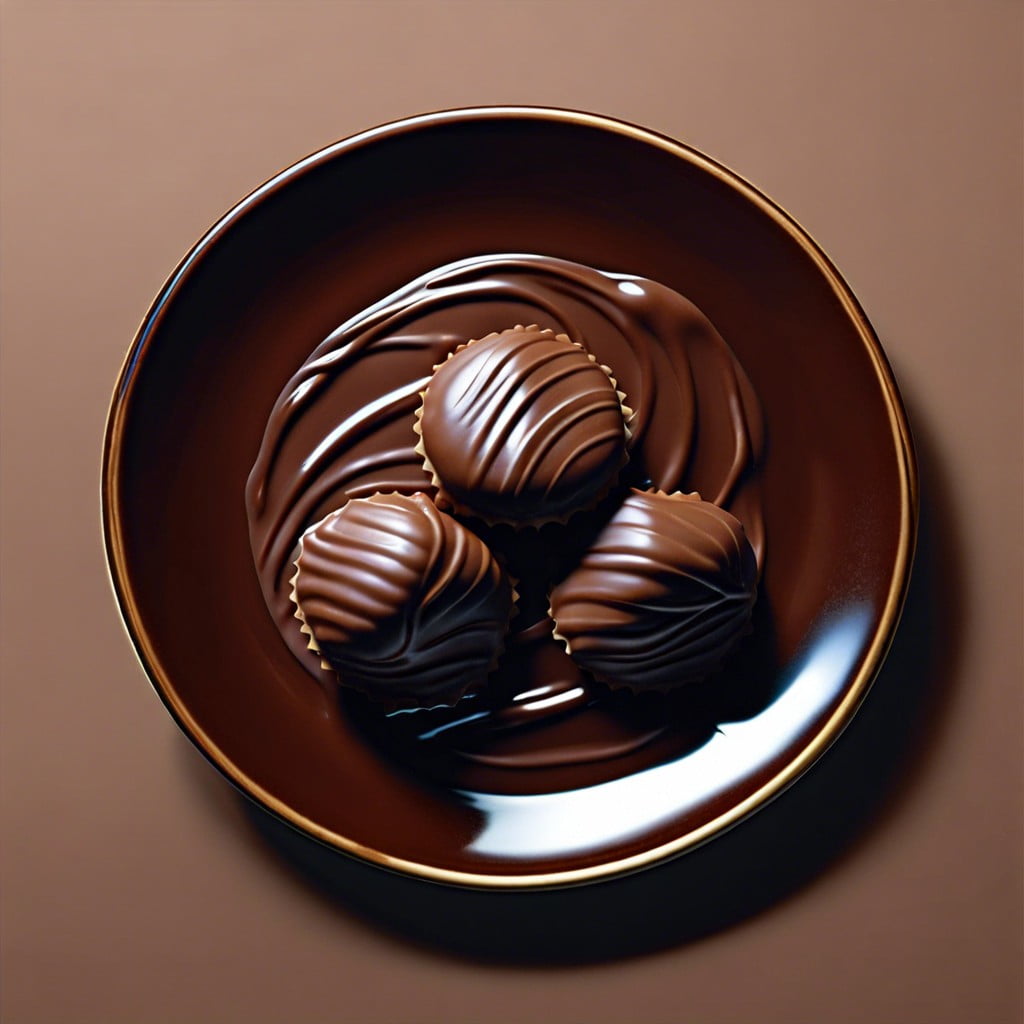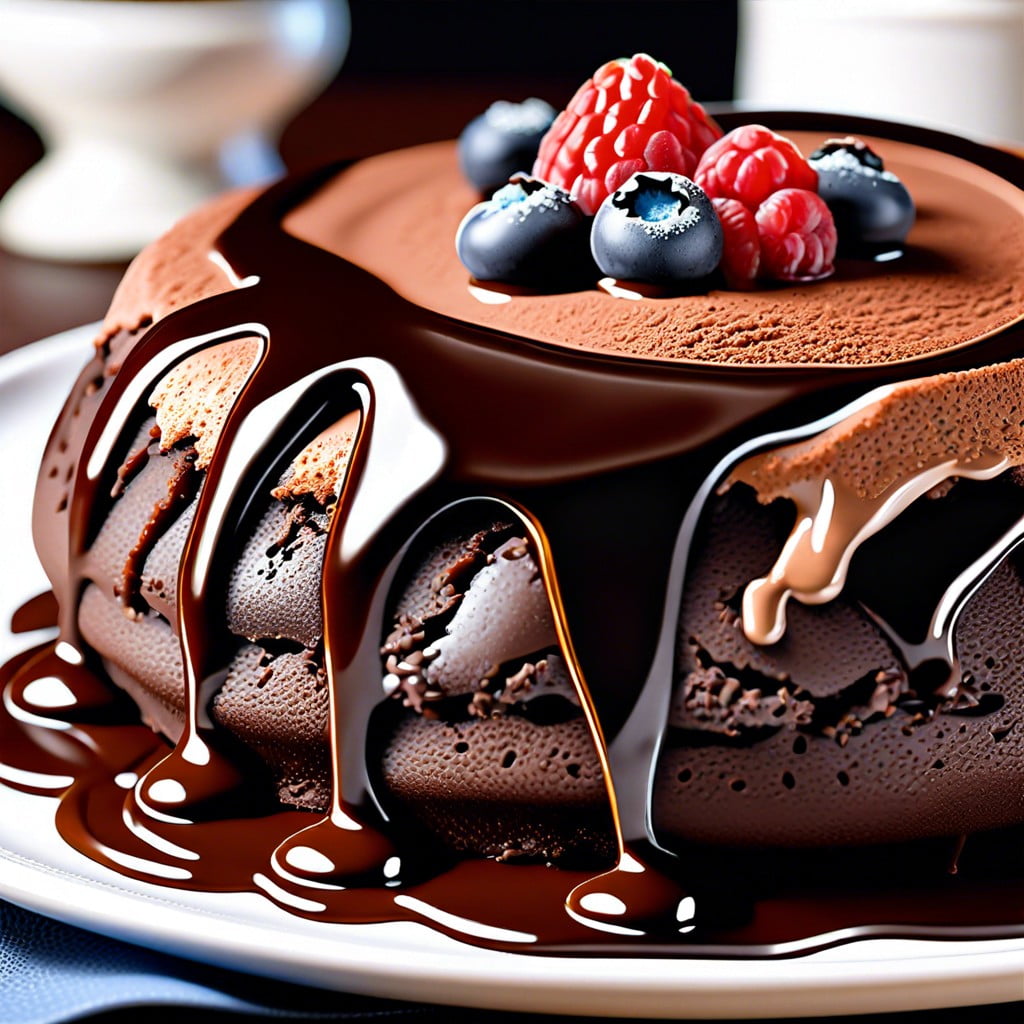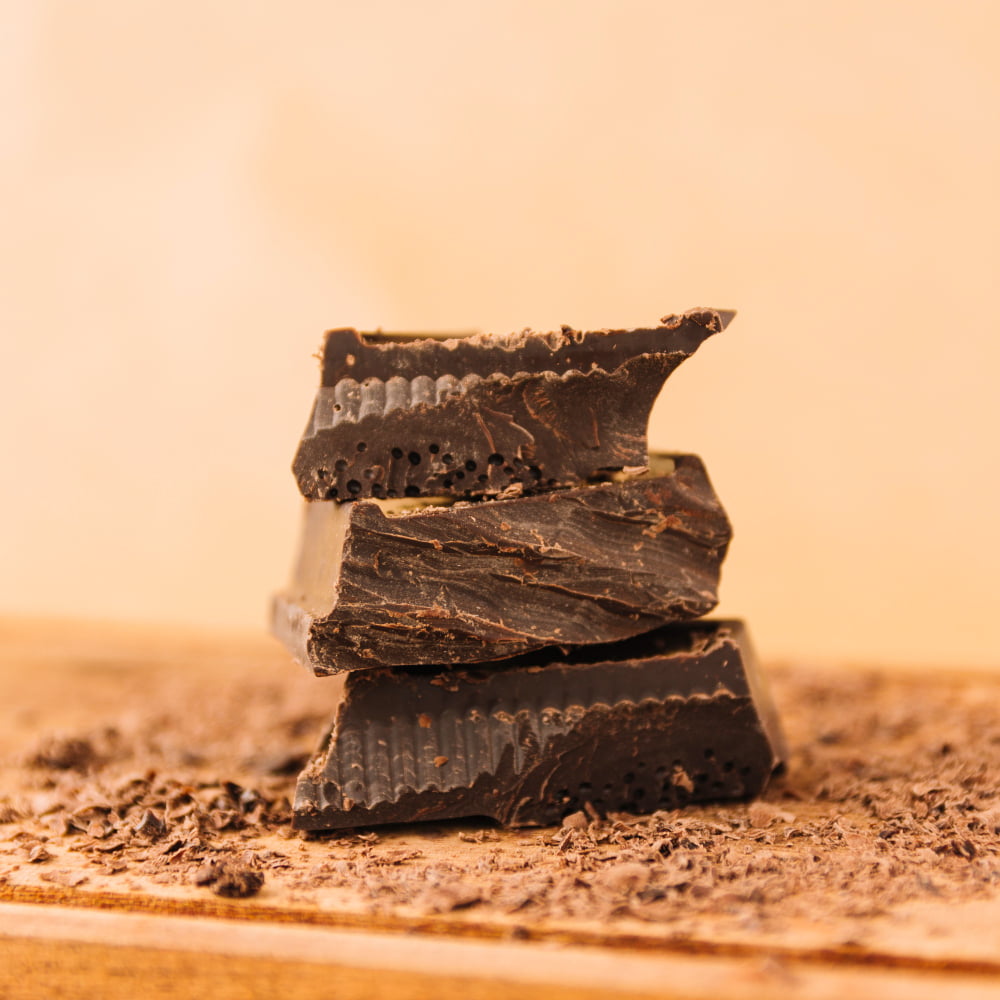Discover the unique qualities and uses of ruby cacao, the newest addition to the chocolate world.
Key takeaways:
- Ruby cacao discovered through research and development in 2017.
- Unique fermentation process creates distinct flavor profile.
- Popular applications include KitKats, gourmet bars, and gelato.
- Market response positive, potential for expansion in chocolate market.
- Potential for use in cosmetics and wellness products.
Inside
The Discovery and Development of Ruby Cacao Beans

Ruby cacao, a relative newcomer to the chocolate industry, was unveiled to the public by Barry Callebaut, a Belgian-Swiss cocoa company, in 2017. This variety is hailed from existing botanical cacao bean varieties that were identified through extensive research and development. The discovery was a culmination of over a decade of analysis, with the key breakthrough occurring when scientists found that specific components in certain cacao beans could produce a naturally occurring pink color after proper processing.
Unlike the traditional cacao beans, which undergo a standard fermentation process, ruby cacao beans require a particular fermentation protocol to bring out their characteristic hue and flavor. The beans suitable for ruby chocolate are sourced from equatorial regions such as Ecuador, Brazil, and Ivory Coast, where the climate contributes to the bean’s unique properties.
While not genetically modified, the advancement of ruby cacao stands as testament to the combination of meticulous agricultural practices and innovative chocolate processing techniques. It challenges the convention of the three well-known chocolate types: dark, milk, and white, offering a fourth type that encapsulates a fruity flavor profile and a striking color naturally found within the beans.
The Unique Fermentation Process Influencing Ruby Cacao’s Flavor Profile
Ruby cacao boasts a taste distinctly different from its traditional counterparts, primarily due to its innovative fermentation process. Unlike the usual cacao fermentation, which takes five to seven days, ruby cacao undergoes a shorter fermentation period. This deviates from conventional practices to retain the precursors that develop its characteristic flavor and color. The beans are treated with particular care to prevent over-fermentation, ensuring that the subtle berry-like and tart notes shine through.
Temperature and humidity control are crucial during this stage to foster the desired chemical reactions. Precise management of these elements helps in the formation of ruby cacao’s unique flavor compounds. Producers also meticulously select and use specific strains of yeast and bacteria for fermentation, which greatly influence the resulting taste.
By emphasizing the fermentation variables, the ruby cacao transcends the usual chocolate flavor spectrum, offering a sensory experience that is fruit-forward with a smooth, creamy texture. This innovative process underlines the role of fermentation methodologies in shaping the taste profile of chocolate and extends the range of chocolate experiences available to enthusiasts.
Applications and Popular Products Using Ruby Cacao
Ruby cacao’s vibrant color and unique taste have inspired chefs and chocolatiers worldwide. Its fruity, slightly tart profile suits a range of confections, from truffles and bonbons to chocolate bars and even decorative chocolate work, where its natural pink hue offers a stunning visual appeal.
Among leading offerings, ruby chocolate KitKats were one of the first widely available products to bring this novel chocolate to the masses, showcasing its compatibility with wafer-based treats. Artisanal chocolate makers also craft ruby chocolate into gourmet bars, often pairing the chocolate with complementary flavors like berries and nuts to accentuate its berry fruitiness.
Pastry chefs have adopted ruby cacao too, using it in mousses, glazes, and garnishes that not only boost the aesthetic of their creations but introduce an intriguing new taste. The innovation extends to the ice cream and gelato sector, where its distinct flavor and color swirl into frozen desserts to tantalize the palate.
In the beverage sector, ruby cacao has found its way into hot chocolate mixes and chocolate-infused cocktails, providing a fresh twist on traditional chocolate flavors.
As ruby cacao continues to grow in popularity, its applications are likely to expand, inviting chocolate lovers to explore new dimensions of cocoa beyond the classic dark, milk, and white chocolate varieties.
The Market Response and Future Potential of Ruby Cacao
The introduction of ruby cacao into the market created a buzz among chocolate connoisseurs and casual consumers alike, intrigued by its striking color and distinctive taste.
Chocolate companies quickly capitalized on the trend, launching limited edition bars, truffles, and even beverages to showcase the new variety.
Social media platforms were flooded with images of the pink-hued treats, leading to increased consumer interest and product trials.
As with any novel food product, there was initial skepticism regarding its naturalness and flavor, but ruby cacao’s reception has been largely positive.
Its fruitiness and tangy notes have appealed to those seeking a break from the bitterness of dark chocolate or the sweetness of milk and white chocolates.
Looking to the future, ruby cacao holds potential for broadening the chocolate market, possibly heralding a new category within specialty chocolate segments.
Chefs and chocolatiers may continue to experiment with it, potentially pairing it with spices, salts, or even savory components.
Its potential for use in cosmetic and wellness products, due to its vibrant color and antioxidant properties, could see it diversify beyond edible treats.
As sustainability and ethical sourcing grow in importance, the cultivation and production processes behind ruby cacao will likely become more transparent and refined.
This ensures that not only does ruby cacao maintain its allure as a sensory novelty but also aligns with the values of modern, conscientious consumers.




